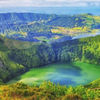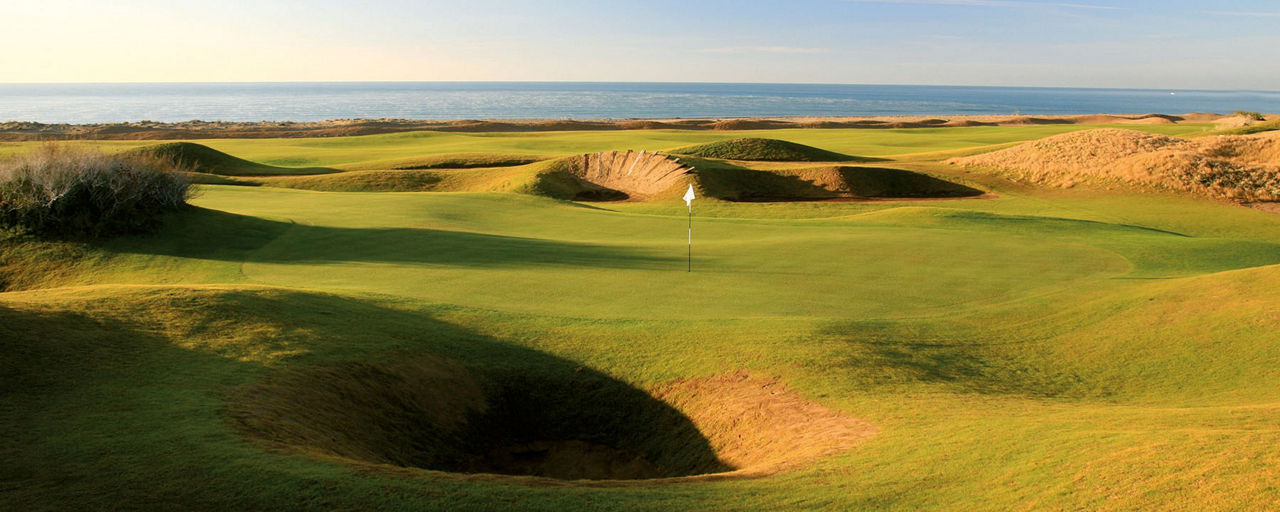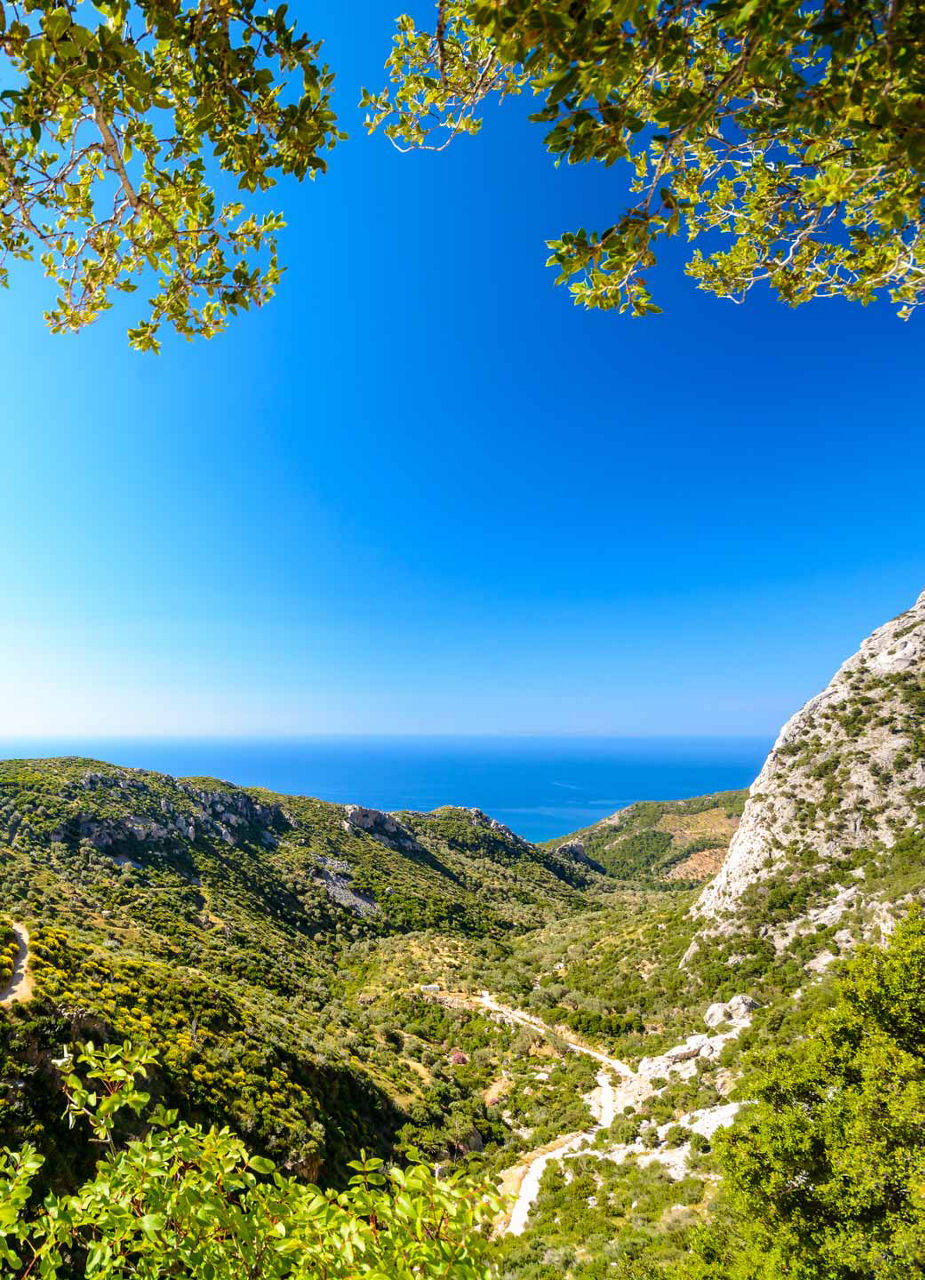
Kaunos – Captivating History

If you are on holiday in Dalaman, you should not miss out on taking a trip to the ancient city of Kaunos, whose history dates back to the 10th century century. The impressive site is just a few kilometres away from Dalyan and is easy to reach on a day trip.

Probably the most beautiful way to get to Kaunos: by boat
Your journey will probably start in Dalaman, which is only 30 kilometres from the picturesque town of Dalyan. From Dalaman, you can rent a car or take an organised tour that will bring you to Dalyan. One of the best ways to get from Dalyan to Kaunos is a boat trip along the Dalyan River. This will take you to the ruins in a calm and scenic way. The view of the Lycian rock tombs along the river is worth the tour in its own right. If you do decide to visit, you should clarify beforehand that there is enough time to visit the site – some of the offered tours can be for a short time, there are no straightforward round trips.

Important for hikers: sturdy shoes, water and time
Of course, you can also hike on foot from Dalyan to Kaunos – a stretch of about three kilometres through lush nature. Please remember that the path can be rather steep at some points, so sturdy footwear is advisable. Sun protection and plenty of water are also important, especially in summer, as it can get very hot.


Travelling to Dalyan by car: plenty of mud on your way
If you decide to drive by car, it is worth stopping off while you are already on the way to Dalyan. On your way, you could visit the famous mud baths and hot springs of Sultaniye, which are thought to have a healing effect. The rock tombs towering high above the river also offer spectacular views. Iztuzu beach is also worth a detour: this unspoilt sandy beach is not only breathtaking to look at, it is also a breeding ground for the endangered loggerhead sea turtles.


Stone Witnesses
Kaunos is one of the most captivating ancient sites in Turkey. It is located in the region of Muğla and was an important port city in antiquity. The city is best known for its rock tombs, the ancient theatre and the ruins of ancient temples. The history of Kaunos dates back to the 10th century century. The city once belonged to the Delian League, then fell under the jurisdiction of Rhodes, and was also part of both the Carian and Lycian cultures. Today, it is a popular destination for history and nature lovers.

Coveted trading post: salt, fruit and fish
Kaunos was once a major trading centre, known for its salt production, delicious figs and as a hub of Mediterranean trade. In addition to salt and fruits of all kinds, dried fish was also shipped from here in large quantities. From the 6th century, century the region was inhabited by the Kaunians, who were considered its indigenous inhabitants. The city’s strategic location attracted many conquerors, and in the 2nd century century, it was annexed by the Romans.

The “unhealthy city”
Over time, the city lost its favourable access to the sea due to silting up, and it was finally abandoned by 1500 AD . The Ancient Greeks believed the city was also uninhabitable due to its mosquitoes – in fact, Kaunos is located in a swampy area that could have caused malaria in ancient times. Today, the ruins of Kaunos, including the theatre, the Roman baths and the rock tombs, are impressive testimonies to a glorious past. Since 2014, the ancient city has been on the UNESCO World Heritage List.


Highlights in a confined space
Kaunos offers a series of impressive ruins. The best way to start is to visit the theatre, which is known for its excellent acoustics and space enough to seat up to 5,000 spectators. You can then explore the agora, nymphaeum and acropolis. The ruins of the Roman baths and Byzantine basilica show the different cultural eras that left their mark here. The rock tombs carved high into the steep rocks are one of the most impressive sights in the region.

The best time to travel for Kaunos
The best time to visit Kaunos is in spring or autumn. During these months, the temperatures are pleasant and the natural surroundings of Dalyan are bathed in warm autumnal shades. A visit is also possible in the summer, but the temperatures can get very high, especially around midday. If you prefer summer, book an early boat trip to avoid the heat.

Open all year round
The ancient site of Kaunos is open every day of the week, but opening hours vary depending on the season: the visiting time ends earlier from November to March. On religious holidays, the site only opens at noon. If you have a museum ticket, you get free entry. This option is especially worthwhile if you want to visit multiple archaeological sites in the region.
Header - Photo by Sergey Alimov on Getty Images
Paragraph 2 - Photo by Photobank on Adobe Stock
Paragraph 3 - Photo by ridvan_celik on Getty Images
Paragraph 4 - Photo by U-JINN Photography on Adobe Stock
Paragraph 4 - Photo by Mazur Travel on Adobe Stock
Paragraph 5 - Photo by proslgn on Adobe Stock
Paragraph 5 - Photo by Seda Servet on Adobe Stock
Paragraph 6 - Photo by emmi on Adobe Stock
Paragraph 7 - Photo by bfk92 on Getty Images
Paragraph 8 - Photos by Leonid Andronov on Adobe Stock
Paragraph 9 - Photo by Patryk on Adobe Stock
Paragraph 10 – Photo by John Russell on Adobe Stock











